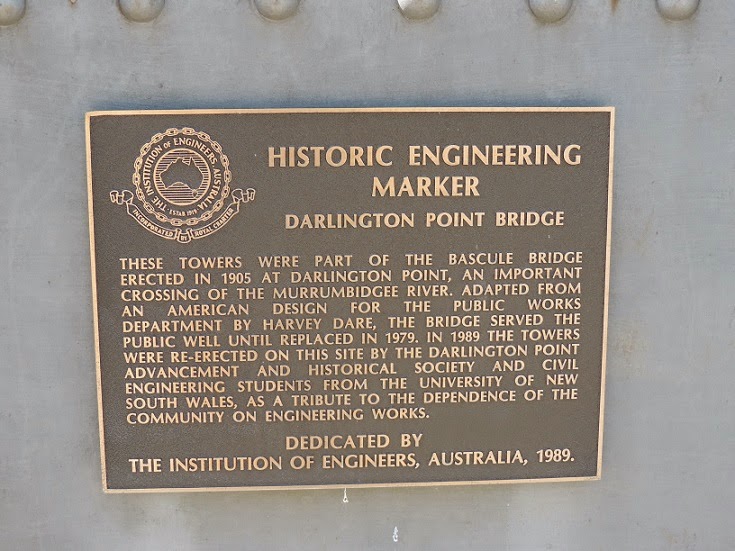Ratings: CP *** Surroundings ****
Siding Spring Observatory perched on top of Siding Spring Mountain, which is part of the Warrumbungles. The 3.9m Anglo Australian Telescope is the largest optical telescope in Australia and is one of 12 telescopes on this site.
Inside the Anglo Australian Telescope dome.
A view of the Warrumbungle National Park from Siding Spring Observatory. The Warrumbungle Range includes two extinct volcanoes: Garrawilla Volcano which finished erupting about 45 million years ago and the younger Warrumbungle Volcano which finished about 14 million years ago. Fossil leaves, petrified wood, agates and volcanic opal can be found in this area. The National Park is regenerating after the catastrophic fire which raged for one week from 13th January 2013.
The fire burnt 54 000 ha, 53 homes and some infrastructure at the Siding Spring Observatory. (Coincidentally, the Stoneville fire which destroyed 56 homes started on 12th January 2014 and burnt for two days).
Clear skies and a starry night provided us with an opportunity to spend time with astronomer, Peter Starr at his Warrumbungle observatory. We peered through telescopes at Jupiter with four of its moons, Saturn with its rings and moons, some of our neighbouring stars, galaxies, binary stars, nebulae, star clusters, and nurseries where stars are born. We used the telescope on the right and Peter provided us with fascinating astronomical information about our universe. The cluster of domes on the left house telescopes owned by international astronomers who operate them remotely from places such as the UK and Hong Kong.
The Silvercoin Galaxy photograph by Angus Lau in Hong Kong is an excellent example of images being captured at Peter's Warrumbungle Observatory.









































